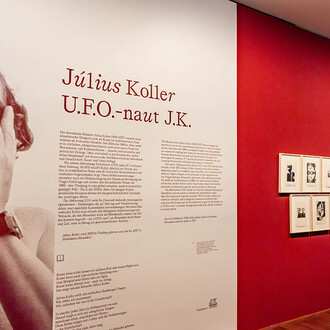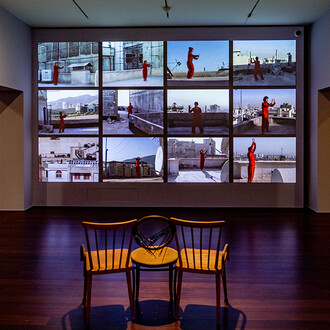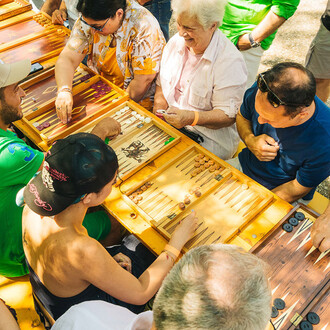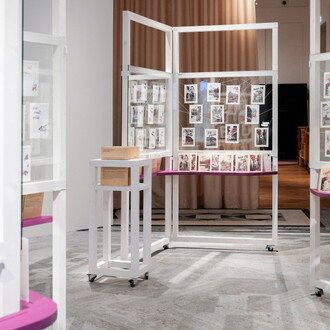Even in his time, the founder of the Salzburg Museum Vinzenz Maria Süss felt obliged in Mozart’s home town, the cradle of the great master of music, to include historical musical instruments in his acquisition activities. In an annual report of 1865, he made a list of the instruments collected hitherto and installed in the so-called “Instrumentenstube” – the instrument room – they already amounted to 172 items, which he numbered and augmented with literature, busts and portraits of pre-eminent Salzburg composers. Thus, he laid the foundation for today’s constantly growing collection of musical instruments.
The collection range covers all instrument types from the sixteenth to the twentieth century and, in particular, provides an overview of seventeenth- and eighteenth-century instruments in Salzburg. It encompasses all kinds of instruments, from a lute from the workshop of Michael Gartner of 1524, later converted into a theorbo, all the way to an aluphone, a sound installation by Werner Raditsching, which resounded in 1993 in Rockhouse Salzburg. Moreover, the Salzburg Museum has been administrator since 1995 of the Cubasch Collection (wind instruments) and since 2001 the Wlaschek Collection (keyboard instruments).
The objects in the Musical Instrument Collection are first and foremost documents of local music and cultural history. They tell us of the musical taste of past epochs, historical events and personalities, like the clavichord of Baroness Maria Anna von Berchtold zu Sonneburg, née Mozart, the fortepiano of Johann Michael Haydn, and the resplendent harp zither of Joseph Achleitner, the Kammervirtuose (virtuoso to the court) of Otto I of Greece. Besides keyboard instruments the collection contains wind, string, plucking and percussion instruments of diverse kinds and dates, also combination instruments. Positive organs, regals, harpsichords, clavichords and fortepianos find a place here, as does the “steel laughter” instrument. The Baroque art of making violins in Salzburg created many a masterpiece of string and plucked instruments, documented in names like Michael Gartner, Marcell Pichler, Ulrich Rämbhardt, Johannes Schorn and Andreas Ferdinand Mayr. Furthermore, this type of instrument is represented by a rich inventory of violin bows, tromba marina, citterns, hammered dulcimers, zithers, guitars and harps. The overview of local music practice is completed by recorders, above all in the tenor and bass register, csakans, traverse pipes and flutes, pommers, shawms, dulcians, oboes and bassoons, also brass wind instruments mostly made in Nuremberg and Vienna, including signal horns, French horns, trumpets and trombones. Rounding off the collection inventory are drums, idiophonic instruments such as Jew’s harps, Turkish crescents and nail violins, also mechanical string instruments.
The Salzburg-related focus specified when founding the collection is also the basis of the future collecting strategy. Besides historical instruments, at present, the museum also collects instruments made in our day and documents them for future generations.
Selected objects of the Musical Instrument Collection find a place in the permanent collection show of the Salzburg Museum and are displayed in the various special exhibitions, according to theme orientation. The excellent state of preservation and the international exclusiveness of many an object also awaken the interest of external Museums. The musicological dialogue is at present being supported by active networking with the universities of Salzburg and, until 2018, by university sponsoring through the University Structural Development Funding of the Federal Ministry of Science, Research and Economy. The current projects give the new university generation access to representative examples of “Salzburg musical history” in the museum inventory and furthermore create visual sound documents of the historical musical instruments.
















